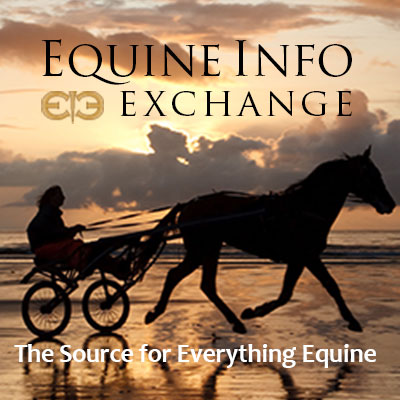Recreation & Lifestyle
Welcome to Recreation & Lifestyle, which includes leisure riding and other aspects of the equestrian lifestyle for you and your horse loving friends and family.
Looking for the perfect present? See the Gifts & Jewelry section. Redecorating? Find a Painting, Photograph or Sculpture in the Artwork section. Need to check out a movie or crawl up with a good book or magazine? See our Entertainment section where you will find and Books, Movies, Games, and Magazines. And don't forget about Fine Art in some specialty Museums that might surprise you.
Looking for love or a trail buddy? Riding Partners is the spot to seek other riders who share your passion. Find a place to ride with that special person in our Trail Riding section and if you need more time away, take a look at Vacations. Want to know about the next horse show or special event? Don’t miss it! Dates and locations are included in the Calendar of Events for Recreation & Lifestyle.
Do we need to add more? Please use the useful feedback link and let us know!

by Heather Wallace
The Longines Masters of New York returned for its second annual event at the Nassau Coliseum, April 25-28, 2019 and was broadcast live on www.EEM.TV and on CBS Sports.
Following in the footsteps of Paris and Hong Kong, New York is the third event in the Longines Masters series held worldwide and reputed to be a luxury equestrian event, bringing socialites and families together in one venue on United States soil.
The Masters One 1.45m event on Thursday, April 25th introduced five-star riders to New York, followed by the Masters Two 1.15m- 1.40m speed event. Day Two was all about speed and considered the fastest class in the world on a 1.50m track designed by Frank Rothenberger. The exciting class resulted in Egyptian Nayel Nassar winning the Longines Speed Challenge on Lucifer V.
The highlight of Day Three was the Riders Masters Cup, a unique team-based event pitting five members from the USA against five European riders in a head-to-head battle. Despite strong rides from McLain Ward and Kristen Vanderveen, teammate Laura Chapot’s mount refused a fence in the first round, resulting in the US riders falling behind in points. As a result, the European team won for the third consecutive year much to the disappointment of local fans cheering on their home riders.
Read more: History is Made at the Second Annual Longines Masters New York
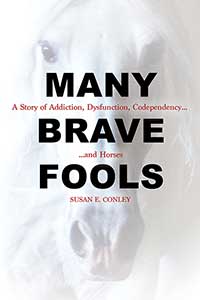
by Susan E. Conley
The majority of equine literature takes great pains right from the get-go to explain the nature of the horse as a herd animal, and that in order to enter into the correct human-horse relationship, we must be the leaders. Many books say that this is where women fall down. Professional relaters from birth, we have no difficulty with the bonding part, the grooming and the treating and the whispering. Where we stumble is in the attitude of power: We want the horse to do what we want the horse to do, but what do we do when the horse won’t do it?
I can be wishy-washy in leadership scenarios. I was, very much so, with a mare called Delilah, albeit in a grumpy, sulky way. I figured that she knew more than I did about this horseback-riding caper, since she was a horse and had been ridden for years, but it wasn’t her job to be the creature ridden and the creature running the ride. Delilah would only do what I told her to do. The whole point of riding is to work with the horse to achieve a goal, not just sit there and hope she does the job for you.
Take Maverick, the fourth horse I was ever to ride in my life. Unlike any of my previous horses, he seemed perfectly content to engage in a power struggle, lesson after lesson after lesson. And I showed up for it every time. Even when I had four horses I could choose from, I routinely went back to him, and I’d be surprised when I found we hadn’t made much progress. This was especially frustrating, because when we had a good hour, it was a really good hour.
Read more: Power Struggle, An Excerpt from the Memoir Many Brave Fools
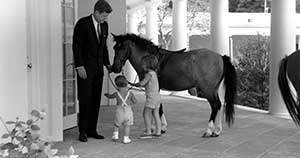
by John Wilkinson
There are but three Constitutional requirements to become President of these United States: must be a natural born citizen, must have lived in the country for no fewer than 14 years, and must be at least 35 years old. But if history is any indication, you could almost add another: must be able to ride a horse.
Horses are as much a symbol of America as the bald eagle and all-you-can-eat-buffet. Considering more than half the US Presidents relied on horses for everyday conveyance, it’s not surprising to see so many famous photos and paintings featuring the Executive Equine. Getting photographed on a horse is as critical a component to Commander-in-Chief optics as kissing babies and pretending to care about people. After all, if you don’t have command in the saddle, how can we expect you to help command the entire free world?
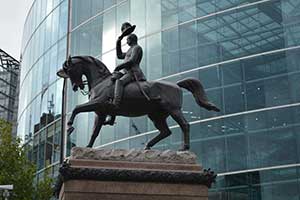
A popular urban myth in many countries holds that you can work out how someone died by the attitude of his or her horse in an equestrian statue.
- If one hoof is lifted, the rider sustained serious injuries in battle, possibly dying later.
- If two hooves are raised, he died in battle.
- All four hooves on the ground indicate that the rider was never injured in battle and died by other means.
London contains at least 15 equestrian statues of named individuals. These are summarised below in alphabetical order.
Crosses (XXX) indicate that the statue does not satisfy the legend. Ticks ( √√√) mean that it does.
Albert, Prince Consort (Holborn). One hoof up. Victoria’s husband was an intellectual, not a warrior, and never sustained a battle wound. XXX
Charles I (Charing Cross). One hoof up. He was never wounded in battle, as far as is known. XXX
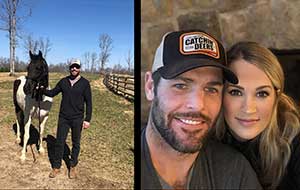
Mike Fisher and Carrie Underwood's horse, Bojangles, is adjusting to his new home in Franklin, Tennessee! Check out the beautiful American Paint Horse here!
Retired NHL star Mike Fisher is living out a childhood dream by adding a horse to the family! Mike and wife Carrie Underwood‘s horse is named ‘Bojangles’ and he is beautiful!
“Ever since I was a kid I’ve always wanted horses. Today I got my first! Bojangles is finally home! He’ll have a dancing partner in a couple days,” Fisher shared via Instagram along with a snapshot of his new friend. It appears that Bojangles won’t be the only horse on the family’s new property for long!
Read more: Meet Mike Fisher and Carrie Underwood's Horse, Bojangles
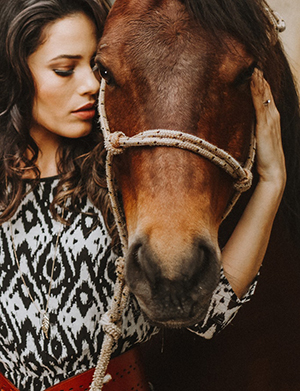
There is no greater feeling than riding a beautiful horse out in nature, but sadly this is not always possible. For times where you are unable to ride for one reason or another, there are a few excellent alternative activities which should scratch the itch and allow you to still feel closely connected to horses.
After all, equestrian is a way of life for many people who spend most of their day thinking about their favorite pastime.
If this sounds familiar to you, then you may want to consider any of the following activities if you are not able to ride that day.
1. Watch Horse Films
The great beauty of horses has been a key part of many fantastic films over the years, and this is the perfect activity for a rainy day. There are many different films to consider where horses and horse riding is a major feature of the film - a few good examples include Dreamer, Seabiscuit, Spirit: Stallion of the Cimarron, and The Horse Whisperer.
2. Read An Equestrian Book
Similarly, you could find an intriguing equestrian book on Good Reads to get stuck into which might teach you more about your favorite hobby. There are endless options here so you should always be able to find something that takes your fancy.
A few popular choices include Centered Riding, How to Think Like a Horse and Know Better to do Better.
3. Online Betting
Online betting at places like Unibet is another activity that equestrian lovers will find enjoyable as it provides a similar thrill to riding a horse. Not only this, but you may also be able to find horse betting opportunities or virtual horse riding games to try.
Read more: 5 Activities For Horse Lovers When You Can’t Ride
- A Cinderella story: Local Mustang Wins National Horse of the Year
- Living in the Lap of Equestrian Luxury
- How the Heck Do You Ride a Horse in NYC?
- Swipe Right: What Those Horse Photos in Dating Profiles Say About Equestrians
- Fifteen Words That Mean Something Different to Horse Lovers
- 10 Best Horse Movies Of All Time
- The World’s Most Exciting Horse-Riding Holidays
- Ponyhenge
- Buckaroo Bezos: Amazon CEO Looks Giddy as He Rides Horse into Western Store in Colorado
- Gen. George S. Patton: Thoroughbred Breeder?








